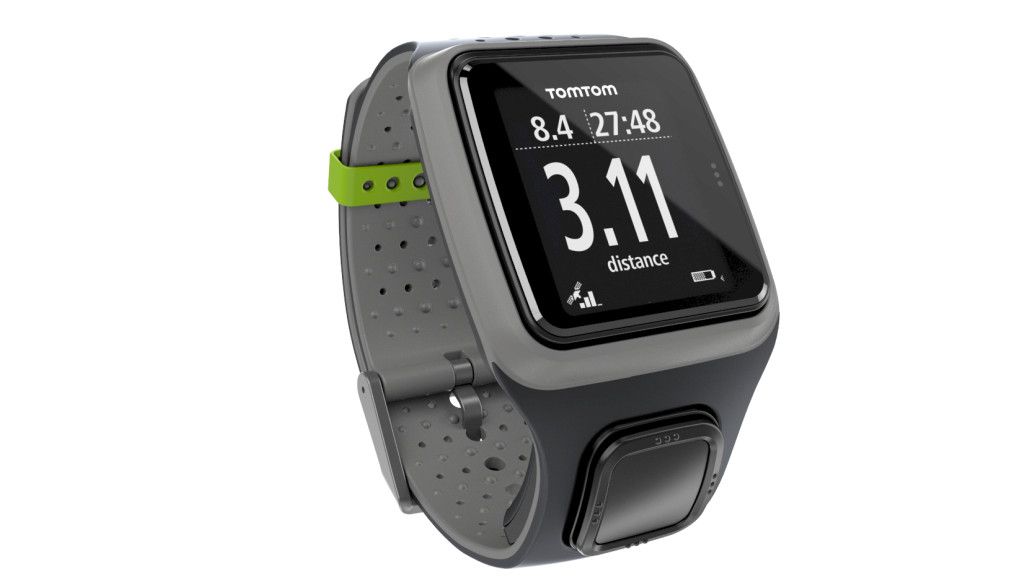

#TOMTOM MYSPORTS CONNECT REVIEW BLUETOOTH#
With 3GB of space, you can store up to 500 of your most motivational workout tracks on the watch itself, then play them using Bluetooth headphones. Where the Spark differentiates itself is with its on-board music storage, which in combination with GPS and heart rate monitoring makes this watch truly unique. I tested the Spark against my Polar H7 heart rate monitoring chest strap and found the watch to be within two beats of the strap’s count throughout the bulk of my run, though wildly off at warm-up and cooldown.īut plenty of fitness trackers track heart rate accurately now. Heart rate tracking on the wrist used to be unreliable, but it’s improved by leaps and bounds in recent years.

Inside the watch is a motion sensor (a combination accelerometer and gyroscope), a compass, and an optical heart rate sensor, like the one on the Fitbit and Apple Watch. This watch is for tracking workouts-and the more intense, the better. The Spark isn’t focused on step-counting and sleep-tracking, though it can do those things. The Spark will even track your sleep, though I have no idea who would wear this behemoth to bed. It also counts steps, like any other run-of-the-mill activity tracker. You can track basically any workout that gets your heart rate up, including running, swimming (the watch is waterproof up to 40 meters/130 feet), cycling, treadmill work, or indoor workouts like weightlifting. There’s no voice coach or training tips, which TomTom should consider adding to make MySports more competitive with other activity-tracking apps. The app grabs data from the device and charts it for you when you sync it with the watch, so you can visualize everything from a map of your route (of course) and elevation to heart rate per mile and strides per minute. The watch pairs with TomTom’s MySports app, which is one of the most basic fitness apps I’ve ever used. The MySports app for iOS is basic, but informative (with detailed maps, of course).


 0 kommentar(er)
0 kommentar(er)
